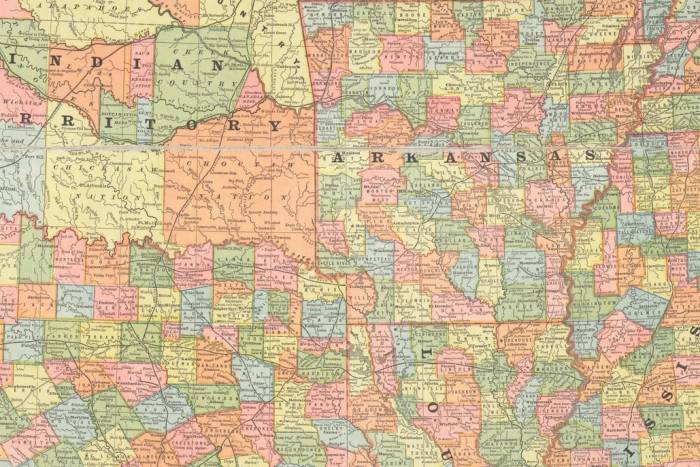Vladimir Nabokov's 18 Chess Problems
For his love of intelligence, Nabokov dreamed up 18 chess problems that, due to their characteristics, resemble extensions of his literary works.
Among the various aspects that chess contains, its problems are among the most accessible ways of approaching it and training and entertaining yourself with the game. They also perhaps have a more privileged place in the essence of the game than the solutions themselves.
In the case of chess, the problems that can be posed have a certain similarity to those mental experiments that enable us to imagine, for example, what we would do if we were shipwrecked on a desert island, or what decisions we would make if tomorrow we found out that the human species had all died out except for us. For the chess player, problems are like that, in media res, and often even improbable. For that reason, it is no coincidence that artists and intellectuals have developed a taste for the game and its problems. As is well known, one of the most outstanding aficionados was Vladimir Nabokov, the great Russian writer who combined his literary life with chess. As well as his novel about chess, The Defense, Nabokov also published a book dedicated exclusively to chess problems that he himself dreamed up.
The book is called Poems and Problems and was originally published in 1969. In addition to 53 poetic compositions (39 poems written in Russian and translated by Nabokov into English, as well as 14 originally written in English), it also features 18 chess enigmas that, as well as offering an intellectual challenge, have a certain aesthetic attraction as a distinctive characteristic that makes them unique pieces.
As an example, this problem is the last one in the book:

The board is made attractive by the layout of the pieces, which is characterized by symmetry and elegance. For the solution offered (and which we reveal at the end of the text), the problem is also a kind of short story, a fiction that, by not being instant, is less effective as we set ourselves in the short story that it tells.
In the world of chess the possibilities are almost endless, and a problem such as that set here, while improbable, is feasible. It happens sometimes, as in life, that the aesthetical assaults our daily actions, and suddenly something routine can become artistic. This is also what makes chess so attractive because it is fertile territory for surprises. Nabokov, who was always somehow an augur of the beautiful and the sublime, also encountered this in the unpredictable combinations of chess:
Chess problems demand from the composer the same virtues that characterize all worthwhile art: originality, invention, conciseness, harmony, complexity, and splendid insincerity.
Nabokov’s solution:
The white pawn on d7 had taken the black knight on c8, promoting a rook. Now white makes a move and takes the black rook on e8, promoting the knight that performs checkmate. There is something slightly magical in the retrospective transformation of the white rook into a black knight and the black rook into the white knight, conserving the symmetry (and the domination of c7 by white).
Related Articles
When ancient rituals became religion
The emergence of religions irreversibly changed the history of humanity. It’s therefore essential to ask when and how did ancient peoples’ rituals become organized systems of thought, each with their
Seven ancient maps of the Americas
A map is not the territory. —Alfred Korzybski Maps are never merely maps. They’re human projections, metaphors in which we find both the geographical and the imaginary. The cases of ghost islands
An artist crochets a perfect skeleton and internal organs
Shanell Papp is a skilled textile and crochet artist. She spent four long months crocheting a life-size skeleton in wool. She then filled it in with the organs of the human body in an act as patient
A musical tribute to maps
A sequence of sounds, rhythms, melodies and silences: music is a most primitive art, the most essential, and the most powerful of all languages. Its capacity is not limited to the (hardly trivial)
The enchantment of 17th-century optics
The sense of sight is perhaps one the imagination’s most prolific masters. That is why humankind has been fascinated and bewitched by optics and their possibilities for centuries. Like the heart, the
Would you found your own micro-nation? These eccentric examples show how easy it can be
Founding a country is, in some ways, a simple task. It is enough to manifest its existence and the motives for creating a new political entity. At least that is what has been demonstrated by the
Wondrous crossings: the galaxy caves of New Zealand
Often, the most extraordinary phenomena are “jealous of themselves” ––and they happen where the human eye cannot enjoy them. However, they can be discovered, and when we do find them we experience a
Think you have strange reading habits? Wait until you've seen how Mcluhan reads
We often forget or neglect to think about the infinite circumstances that are condensed in the acts that we consider habitual. Using a fork to eat, for example, or walking down the street and being
The sky is calling us, a love letter to the cosmos (video)
We once dreamt of open sails and Open seas We once dreamt of new frontiers and New lands Are we still a brave people? We must not forget that the very stars we see nowadays are the same stars and
The sister you always wanted (but made into a crystal chandelier)
Lucas Maassen always wanted to have a sister. And after 36 years he finally procured one, except, as strange as it may sound, in the shape of a chandelier. Maassen, a Dutch designer, asked the










